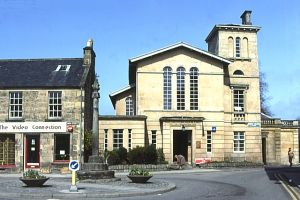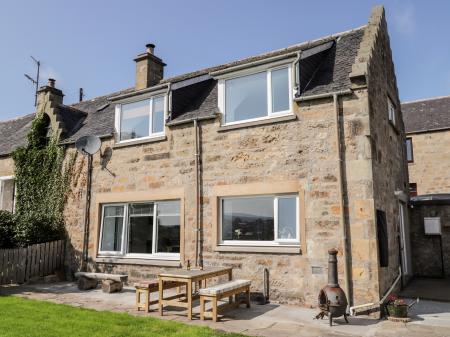
History
The Elgin and Morayshire Scientific Association was formed in 1836 by a group of local bankers, merchants, and ministers who wanted to create a museum to collect and preserve 'objects of Science and Virtue'. So quickly did the group begin to collect objects of interest that a dedicated museum building soon became a necessity.The Elgin Museum is the oldest independent museum in Scotland, located in a Grade a listed historic building on Elgin's High Street. The museum building was designed by architect Thomas Mackenzie in 1843, made of local sandstone and styled in Italianate fashion. then, as now, it is run entirely by a local group, now called The Moray Society, who rely on charitable donations of objects and money.
Highlights
The museum is perhaps best visited for its collection of Pictish stones from across the north east of Scotland. There are large collections of archaeology, the social history of Moray, plus natural history, geology, science and local art. Though the museum's main focus is on Moray, there are objects from around the world.Exhibits are loosely organised into themes, including Geology, Natural History, Social History, Costume and Textiles, Arms and armour, Documents and Ephemera, Photographs, Numismatics (stamps), Fine Art, Archaeology, Ethnography, and Books.
As you can tell from the list, the scope covered at the museum is huge!
Just to take one theme as an example, the Costumes and Textiles collection includes about 200 pieces of male, female, and children's clothes, mainly from the 19th and 20th centuries. There are roughly 30 samples of textile pieces, such as linen made in Elgin, and samplers produced by local residents during the 19th century.
By contrast, the Document collection is huge, with some 8000 items focussed on Elgin and the Moray area. Included are everything from business ledgers to minutes, letters, and visitor books dating to 1836.One large part of the collection is The Watson Papers, with over 6000 documents from the Watson Sawmill in Elgin, dating to the late 19th century. Another document collection holds letters from one of the museum founders, Rev Dr George Gordon of Birnie, who numbered Charles Darwin and Hugh Miller among his correspondents.
One large part of the collection is The Watson Papers, with over 6000 documents from the Watson Sawmill in Elgin, dating to the late 19th century. Another document collection holds letters from one of the museum founders, Rev Dr George Gordon of Birnie, who numbered Charles Darwin and Hugh Miller among his correspondents.
The museum is fee to enter but is usually closed during the winter months except by appointment.
 We've 'tagged' this attraction information to help you find related historic attractions and learn more about major time periods mentioned.
We've 'tagged' this attraction information to help you find related historic attractions and learn more about major time periods mentioned.


